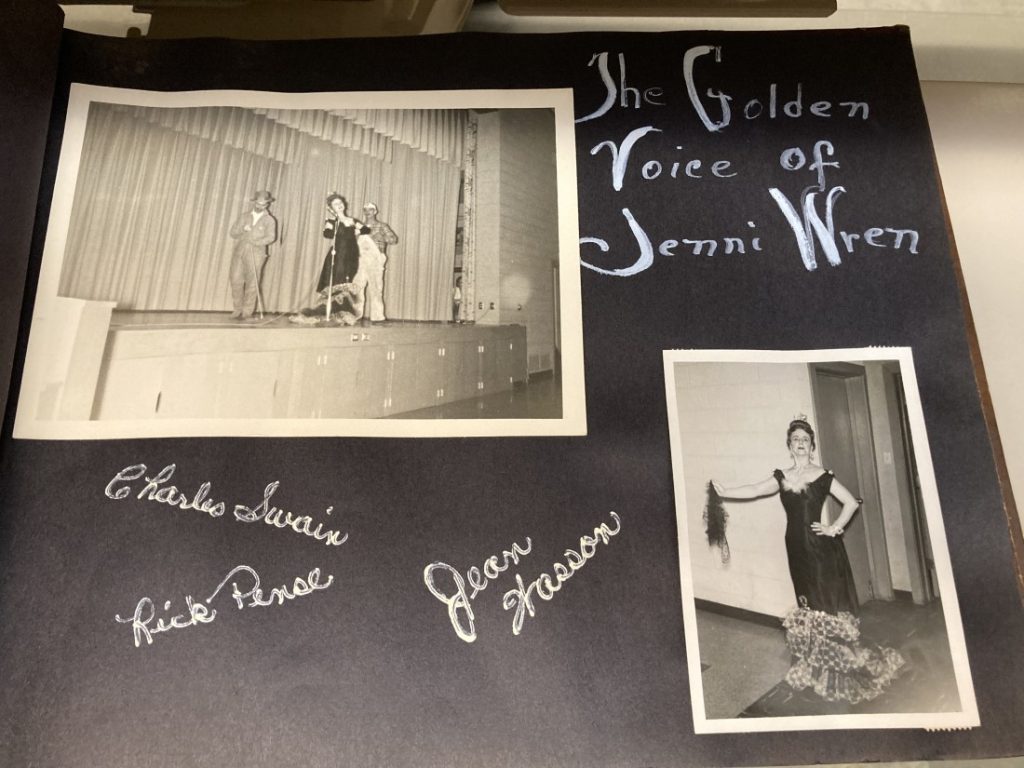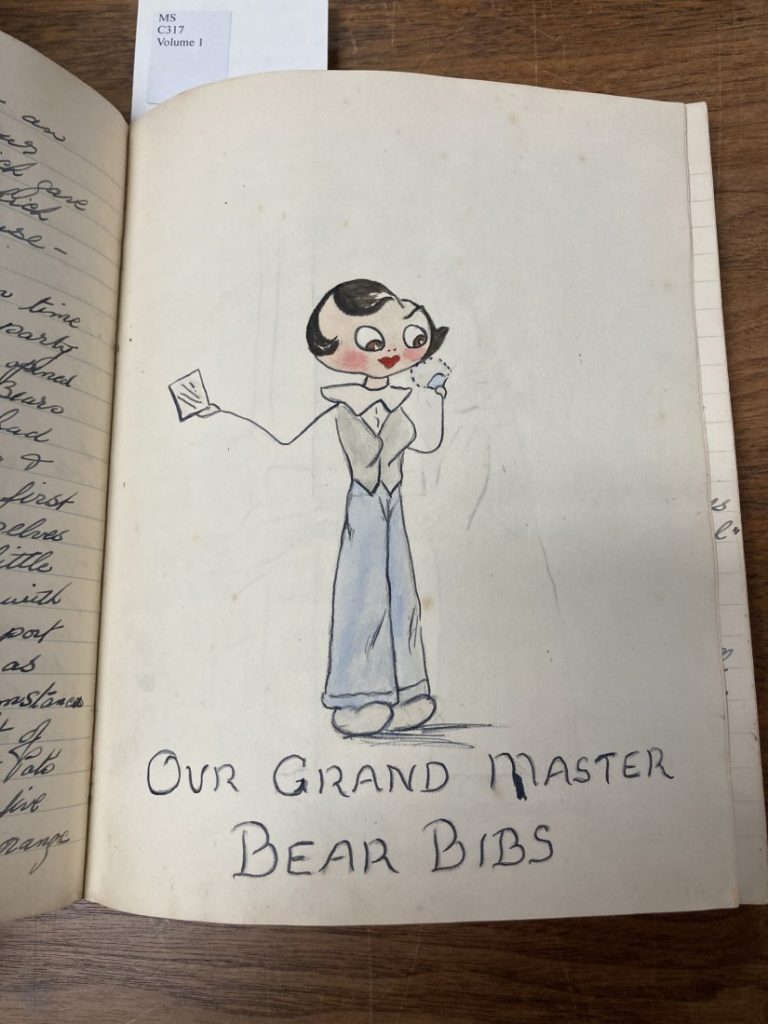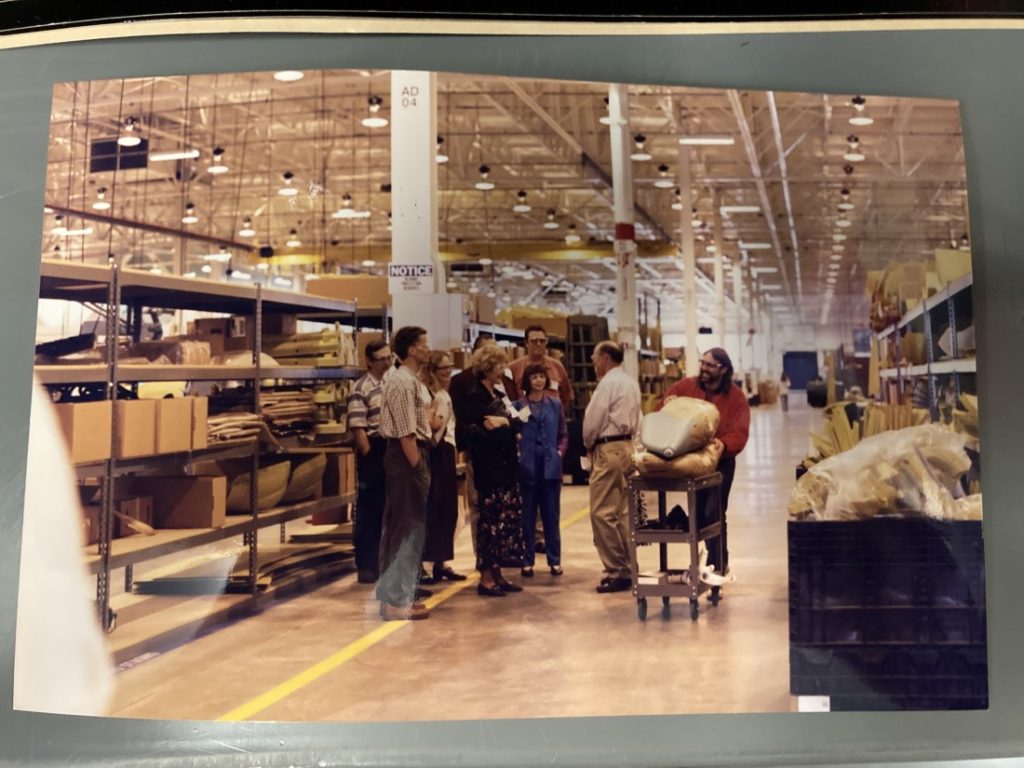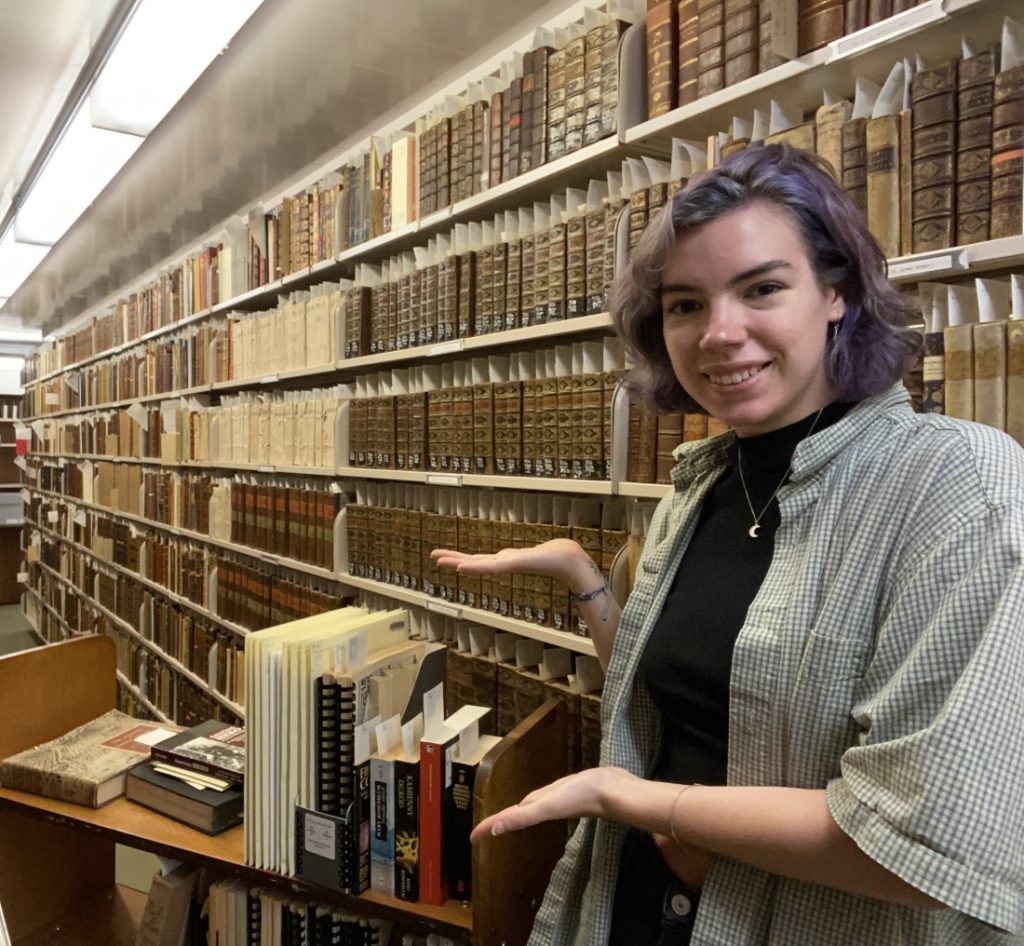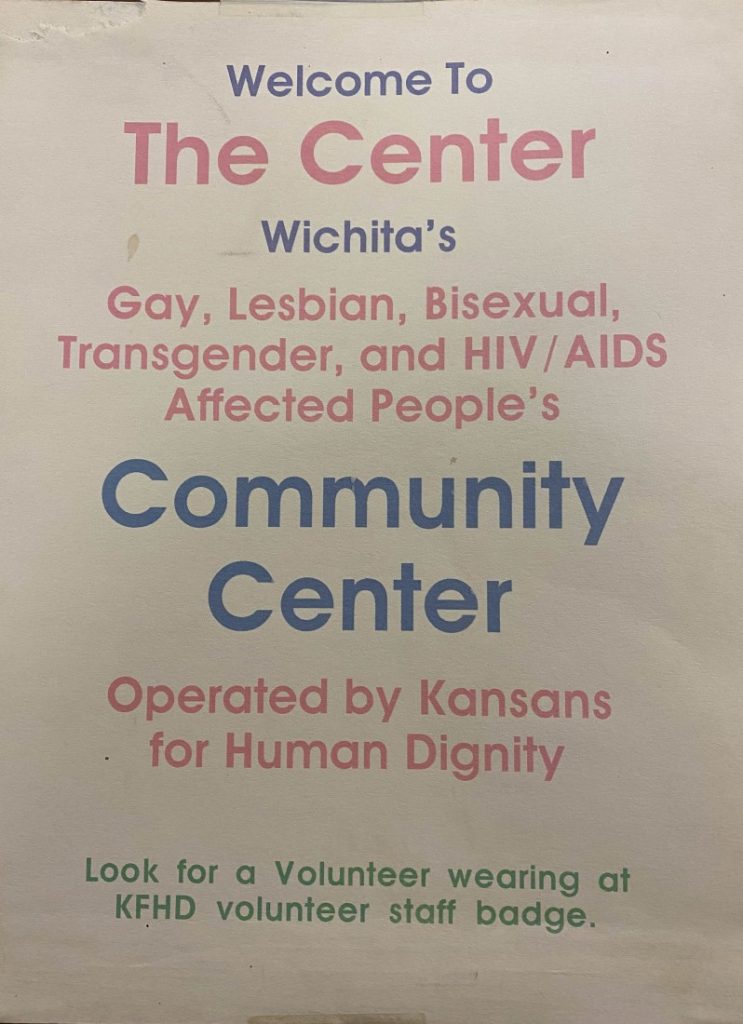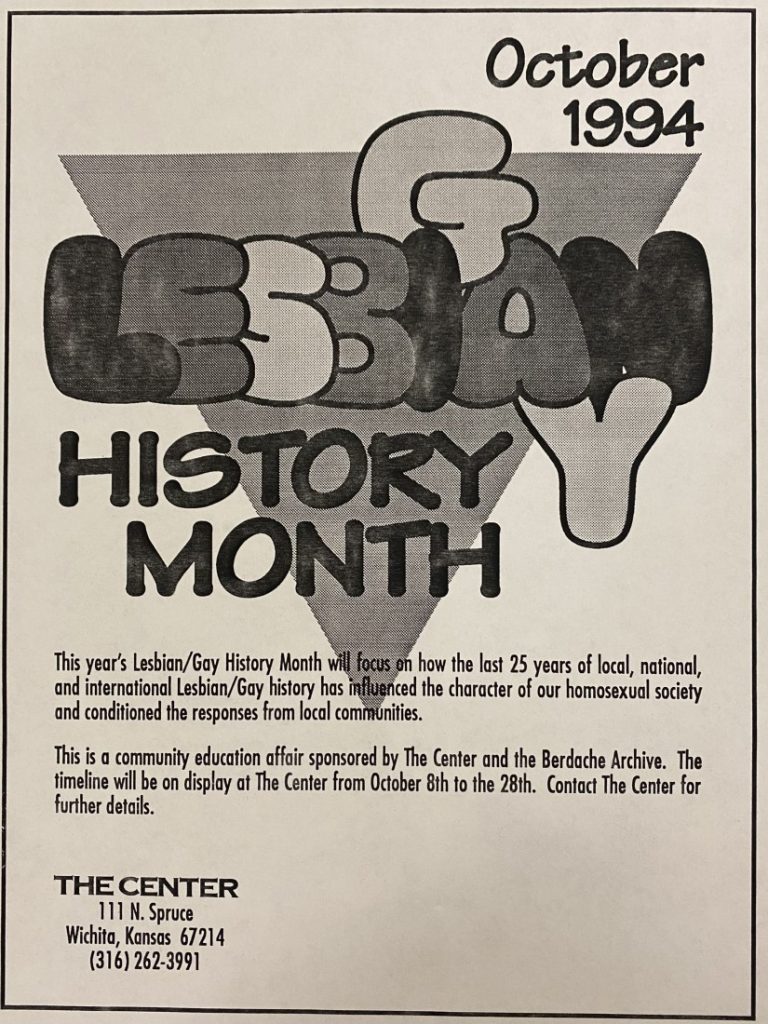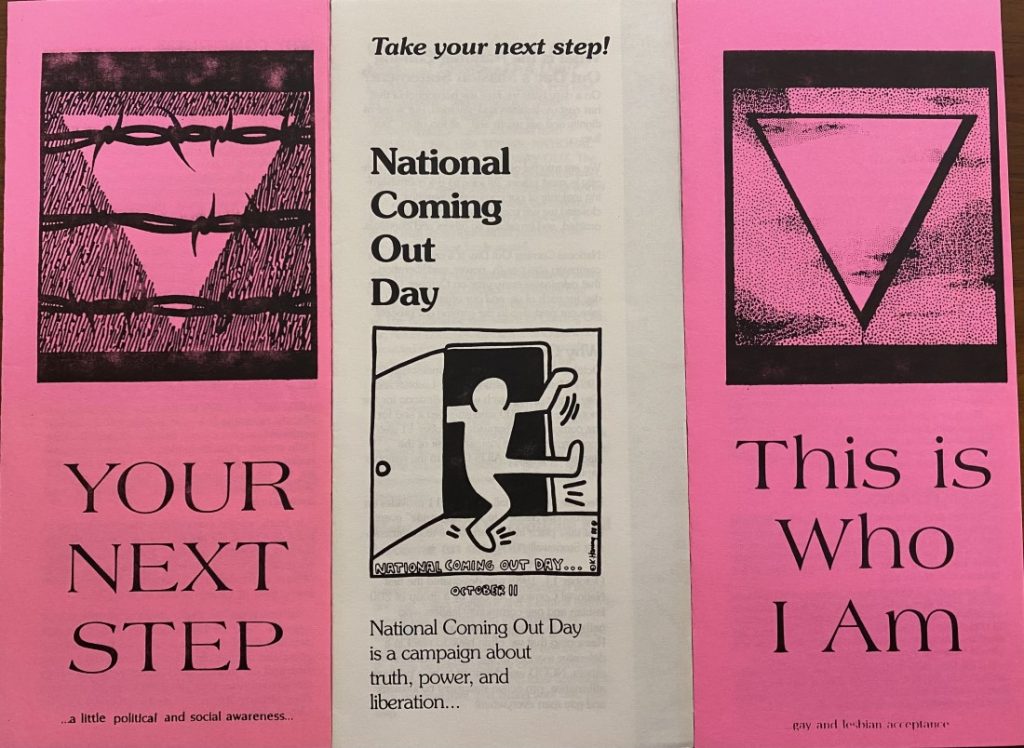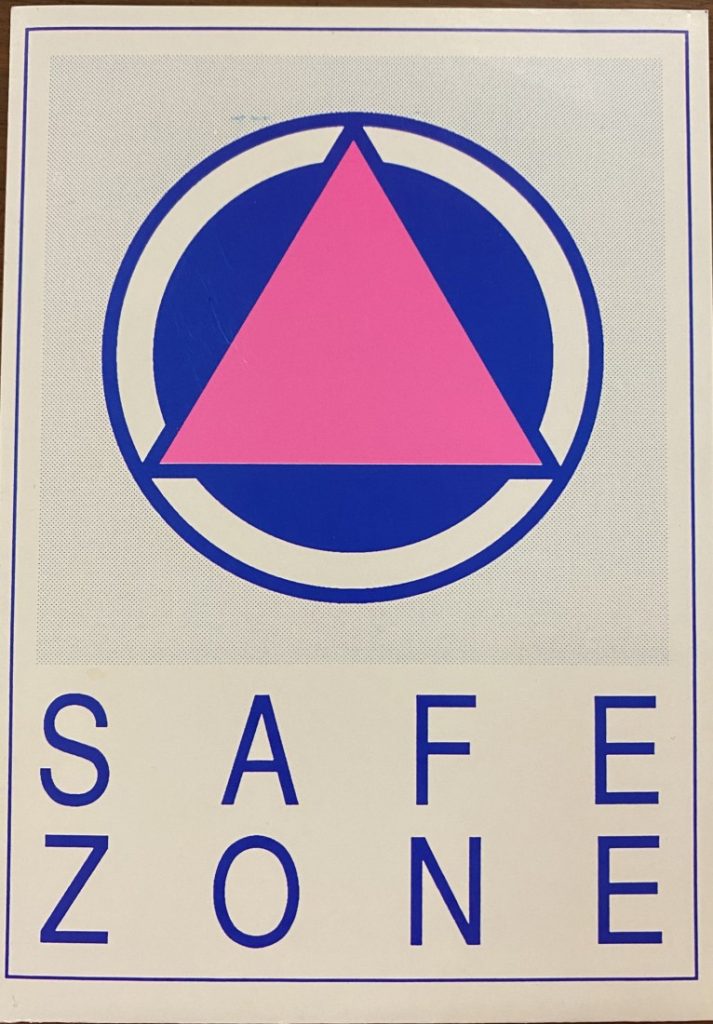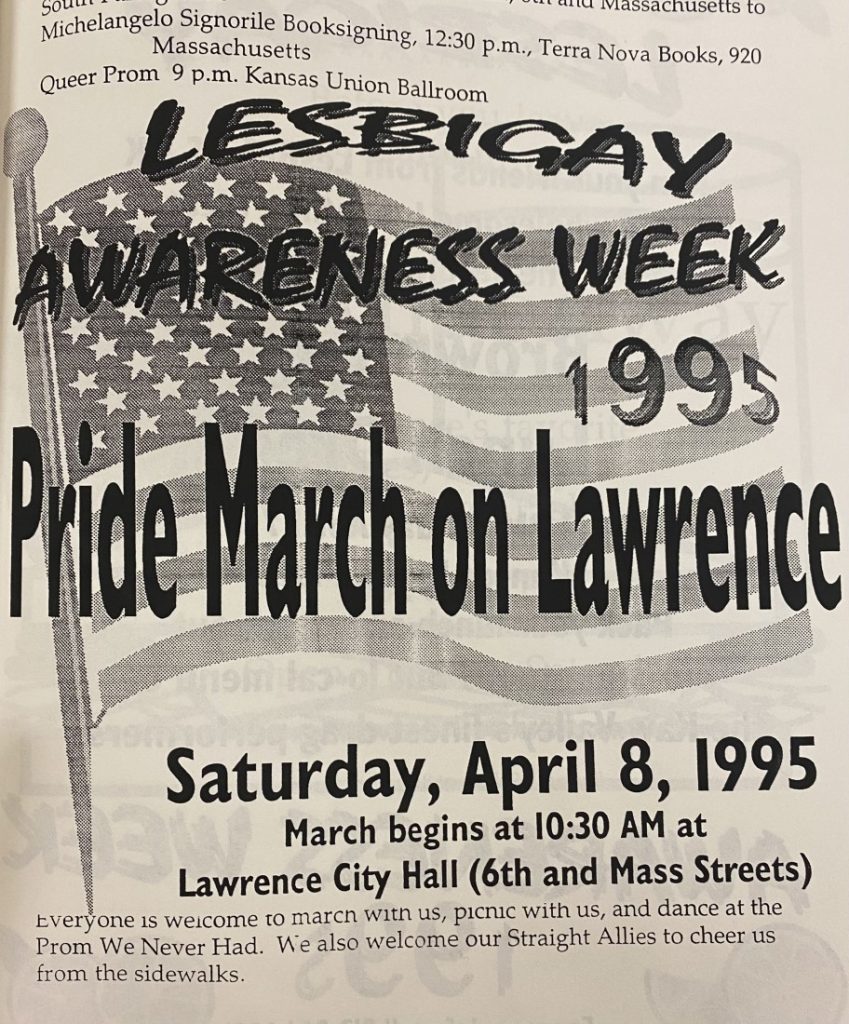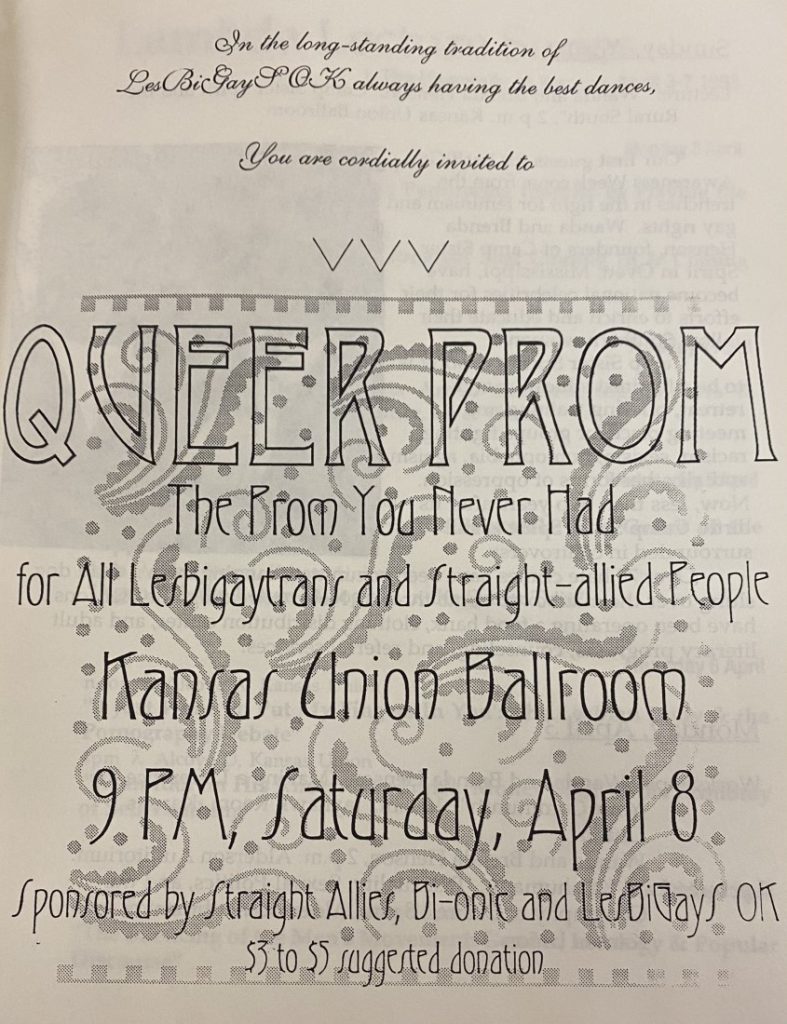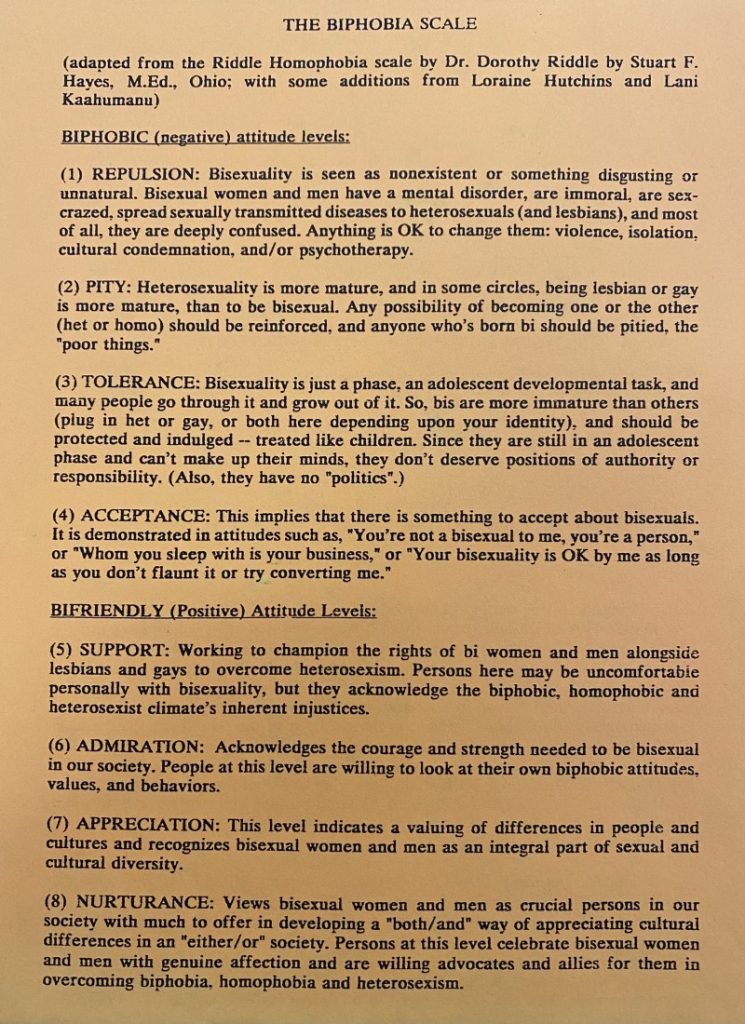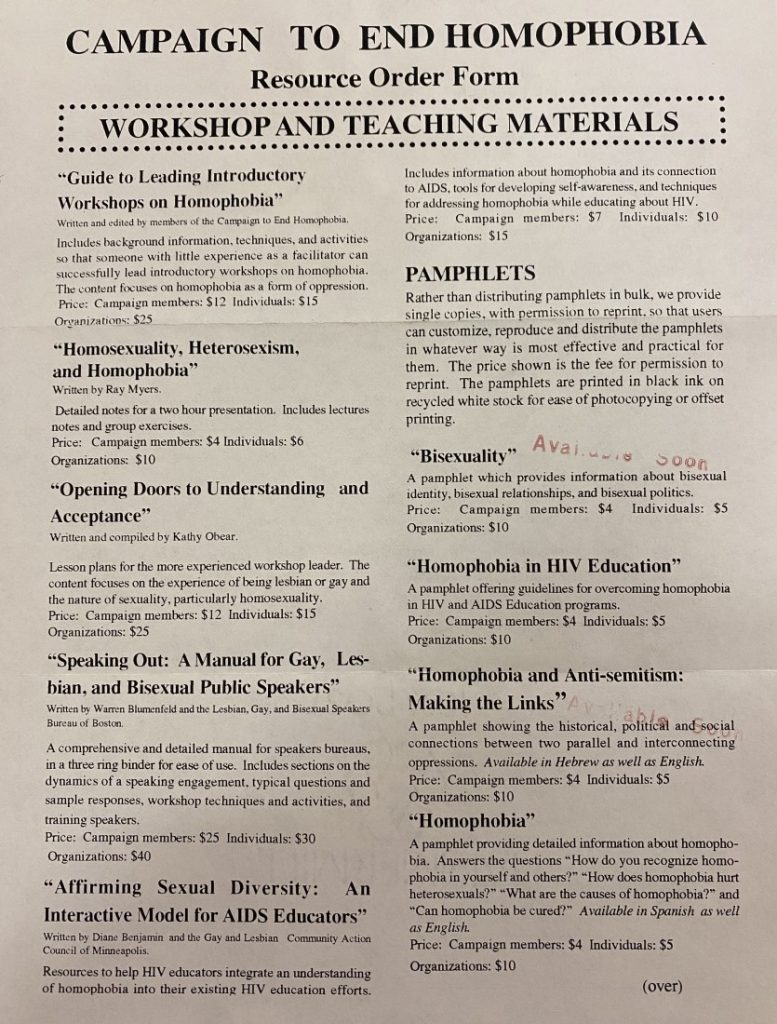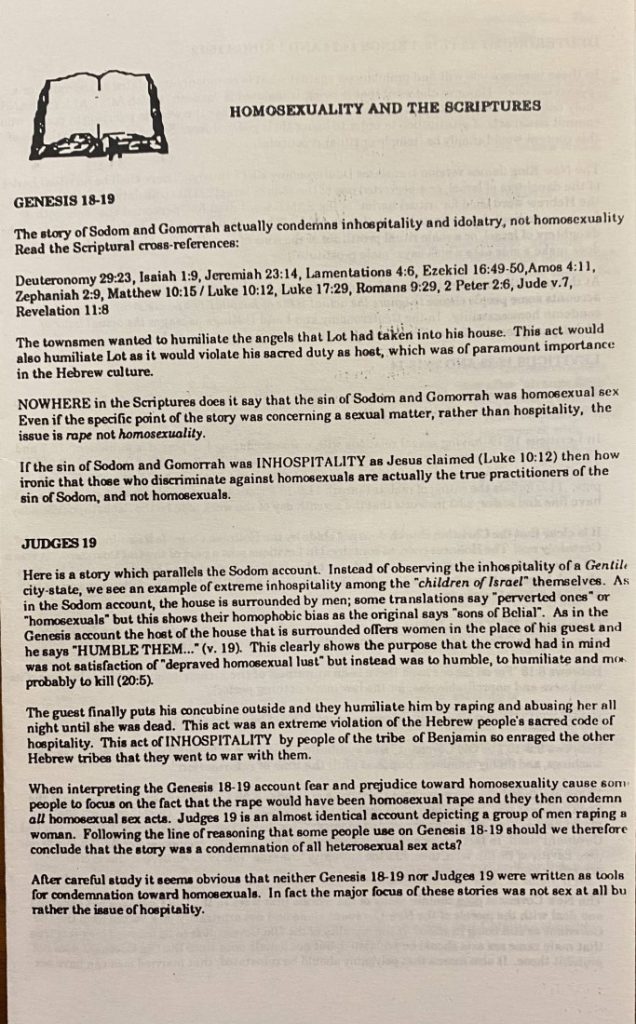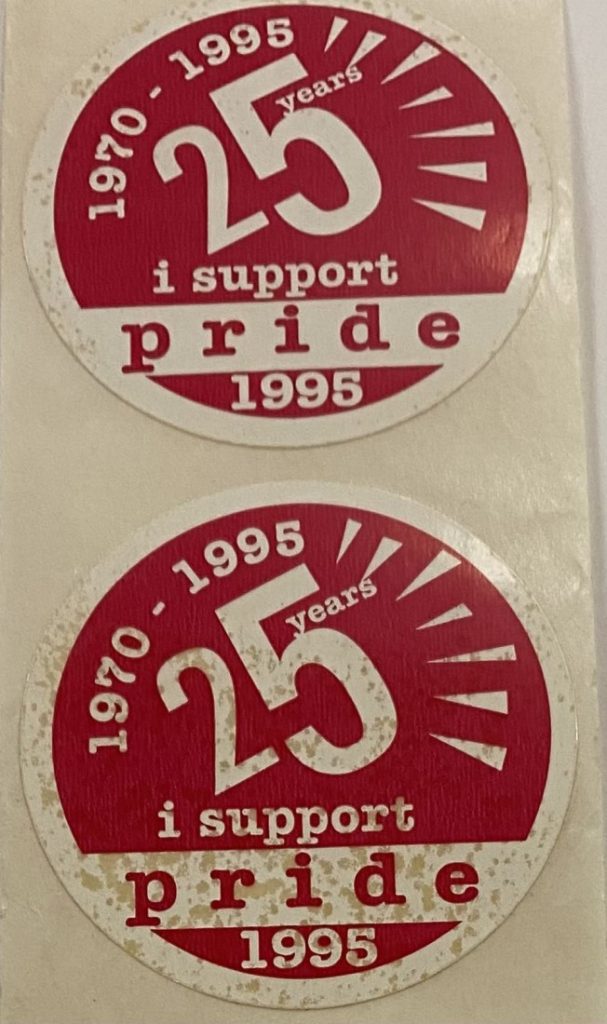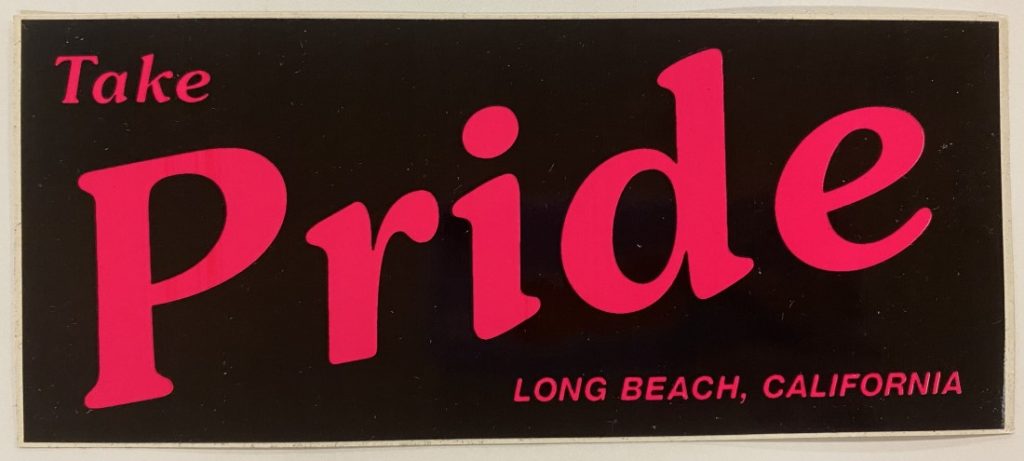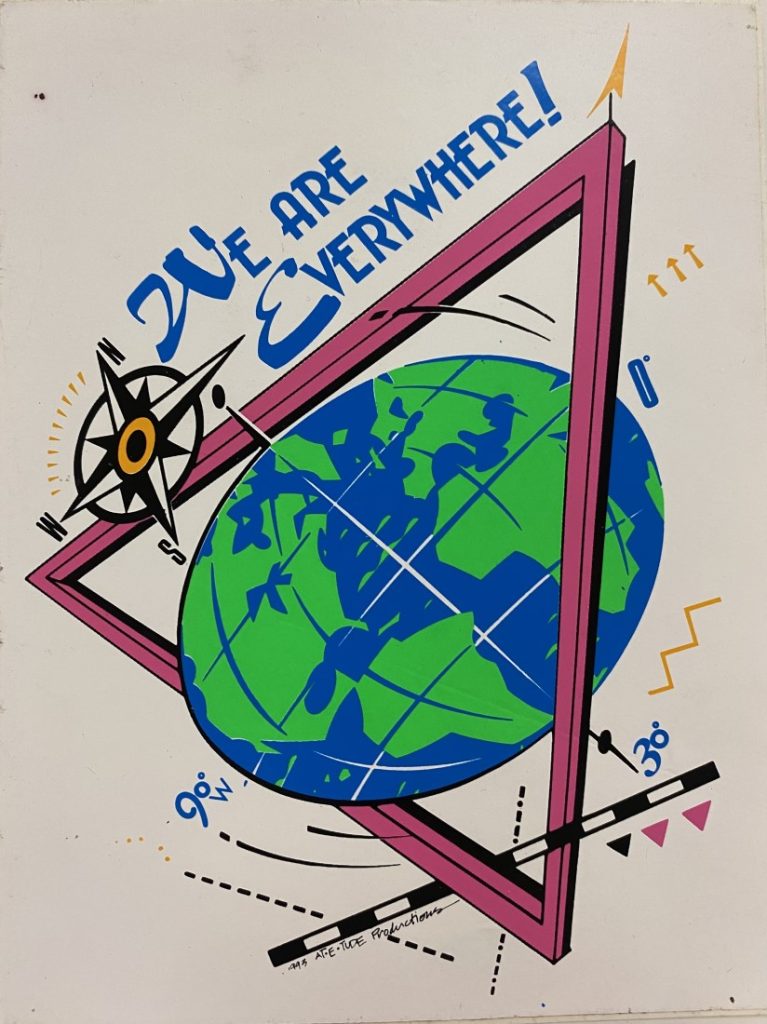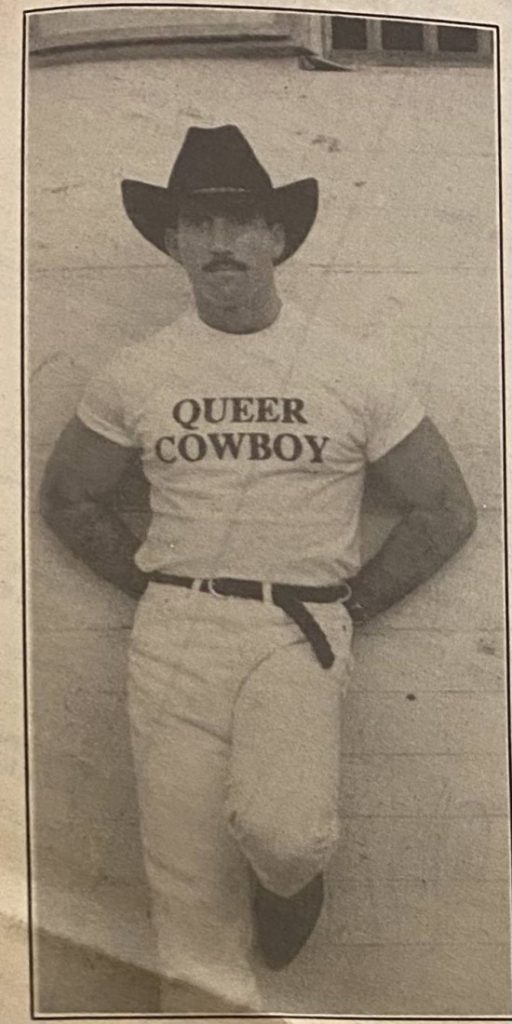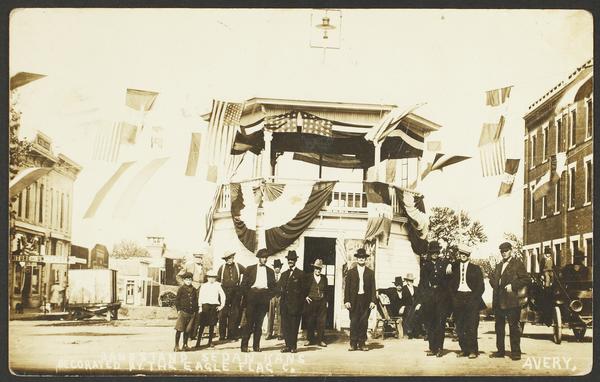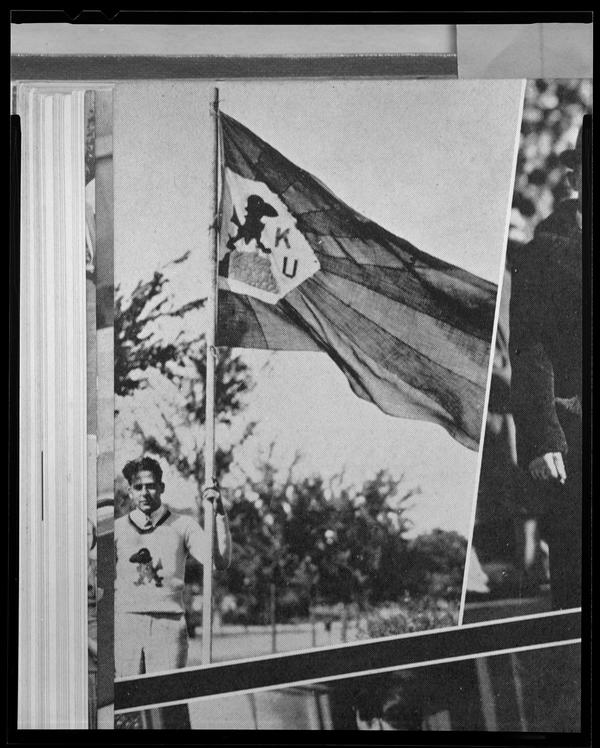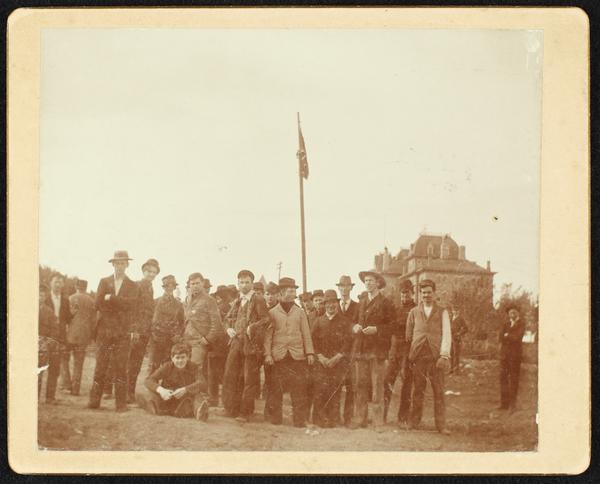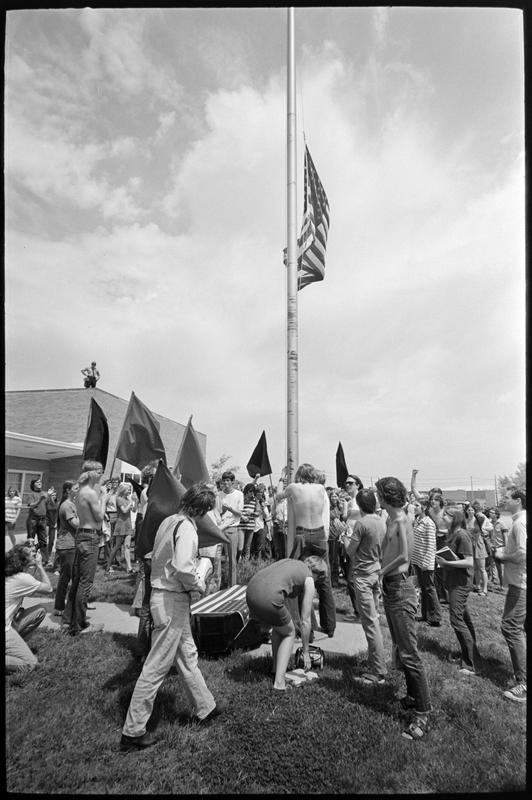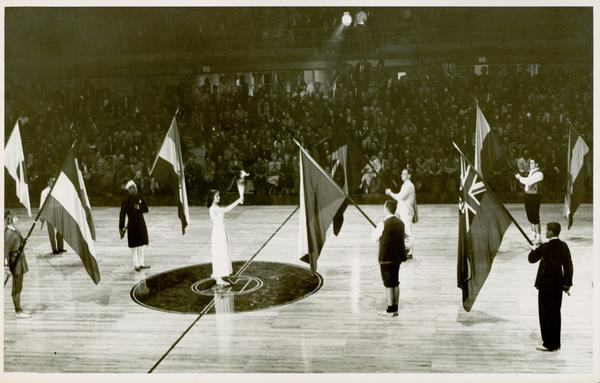Fall Exhibit 2022: Keeping the Books: The Rubinstein Collection of the Orsetti Family Business Archive
September 15th, 2022In 1974, the University of Kansas Libraries acquired a remarkable collection of bound business manuscripts from the Orsetti family of Lucca, in present-day Tuscany, Italy. Containing 294 bound volumes; 84 individual, hand-drawn maps; and five boxes of unbound accounting and family records, the Rubinstein Collection, as it is now called, comprises a rich archive of business accounts and legal documents of the Orsetti family’s commercial enterprises of agriculture, real estate, and textiles, as well as personal expenses. The collection of account books, business letters, legal documents, and inventories spans the late 12th century to the early 19th century, with the heaviest concentration dating from the 16th to 18th centuries.
The Orsetti family originated in San Donnino di Marlia, a rural village located near the Tuscan city of Lucca, where they relocated at the beginning of the 15th century. Lucca was a center for silk production and trade. By the mid 17th century Orsetti family members owned the second-largest textile workshop in Lucca, with ninety-five looms. Their companies thrived in Italy, as well as in Germany and Eastern Europe, especially Poland. Their silk trading company, Filippo Orsetti e Compagnia, flourished between 1695 to at least 1744. As the silk market declined in the 18th century, the Orsetti liquidated those assets and focused on their land holdings. Other noble families acted similarly, transforming the ruling class of Lucca in the 18th century from a group of merchants into wealthy landowners.
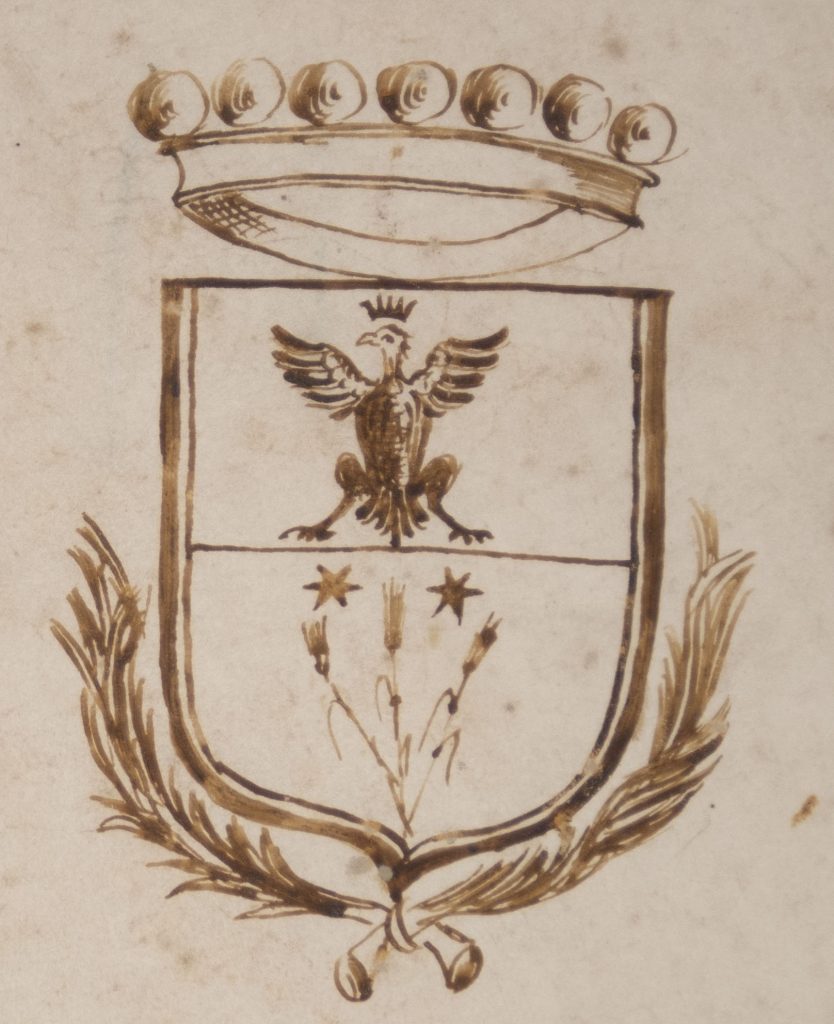
The Orsetti family of merchants used the accepted practices of their time to record their business and personal expenses and revenues. In 1494, Luca Pacioli, a Franciscan friar and mathematician, published his description of the Venetian double-entry accounting system, the treatise “About Accounts and Other Writings,” in Summa de arithmetica, geometria, proportioni et proportionalita. Pacioli’s work was translated into many languages, and that the style of bookkeeping became standard practice across Europe. In many ways, his descriptions of double-entry accounting are still used today. Pacioli recommended different types of books for different accounting purposes, and that practice is reflected in the Rubinstein Collection and in this exhibit.
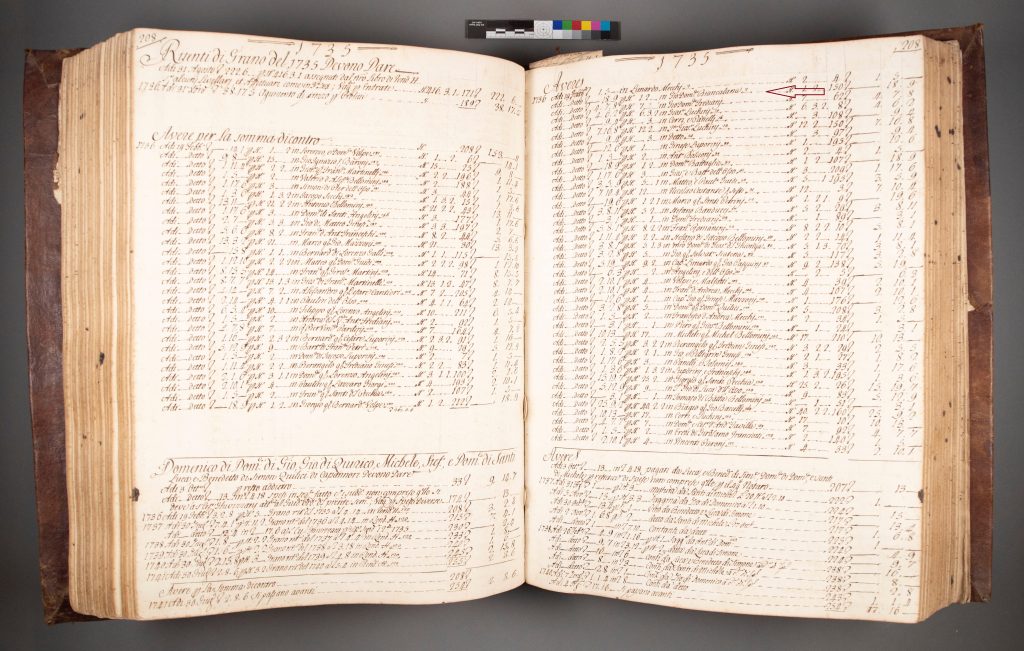
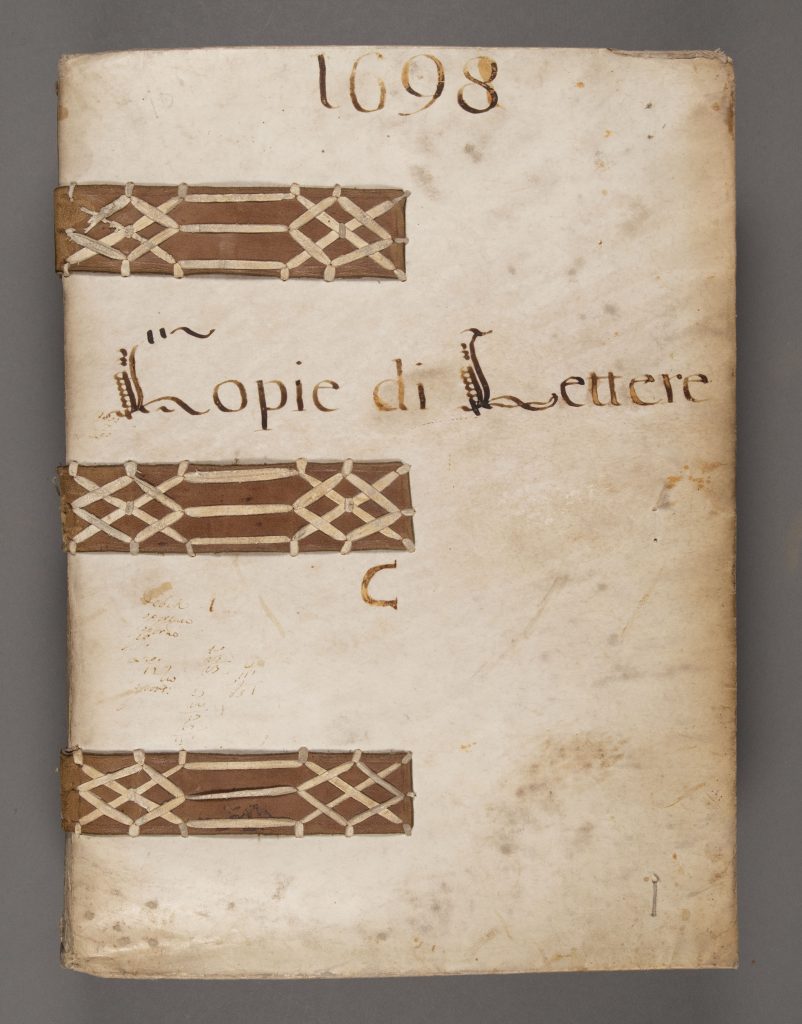
In addition to serving as an example of accounting practices in early modern Italy, the collection provides a rare opportunity to study bookbinding attributes from one family’s archive over centuries. From January to June 2022, I was awarded sabbatical leave to study the bindings in the Rubinstein Collection. A University of Kansas General Research Fund grant provided funds for raw materials to create bookbinding models to further understand how the books were constructed. Some of the models are also shared in this exhibit.

The Rubinstein Collection honors Joseph Rubinstein, the first curator of the Department of Special Collections at KU Libraries, from 1953 to 1963. After Rubinstein left KU he entered the rare book trade and was instrumental in helping the University of Kansas acquire the Orsetti family papers. Rubinstein died in 1973, while purchase negotiations were ongoing. When the Orsetti family papers finally came to Spencer Library the following year, the collection was named in honor of KU’s first special collections librarian.
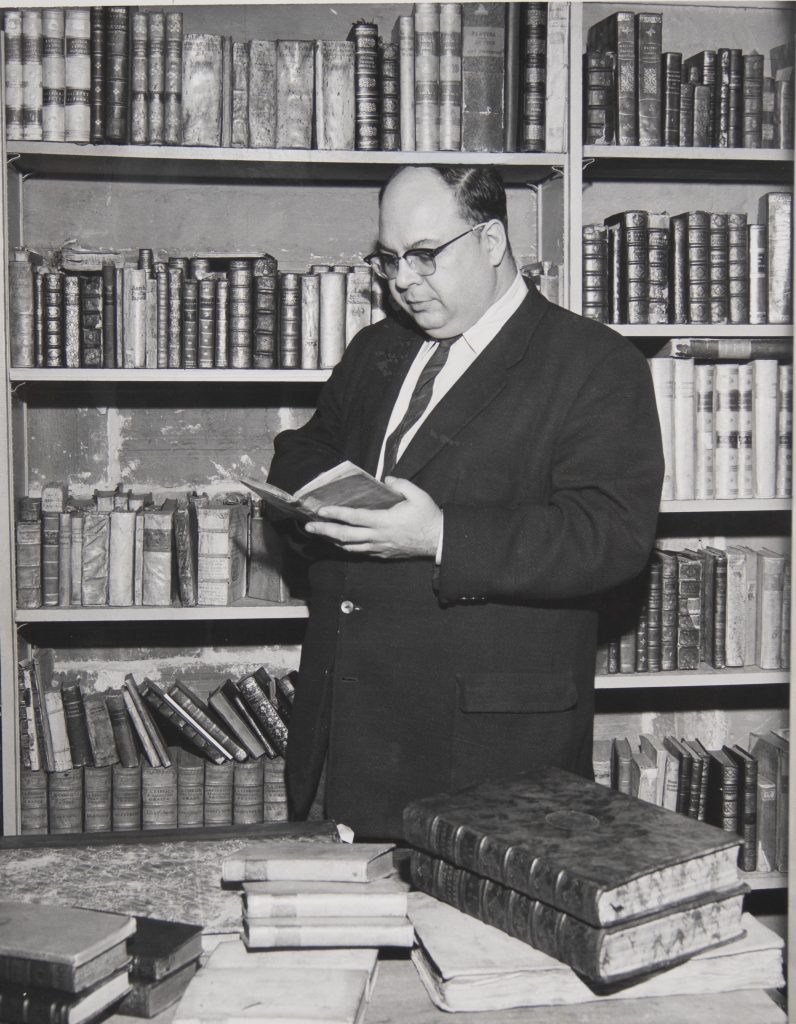
Keeping the Books will be featured in Spencer Library’s main gallery from September 9, 2022 to January 13, 2023. An online version of the exhibit may be found here: https://exhibits.lib.ku.edu/exhibits/show/keeping-the-books–the-rubinst
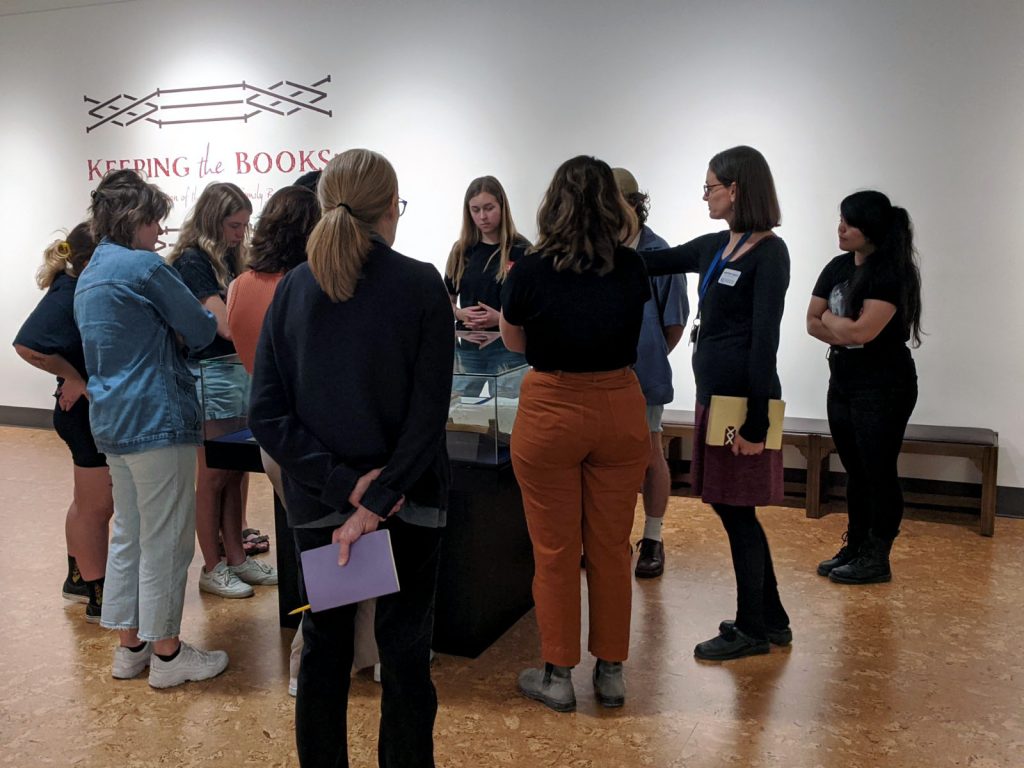
Whitney Baker
Librarian / Head, Conservation Services

